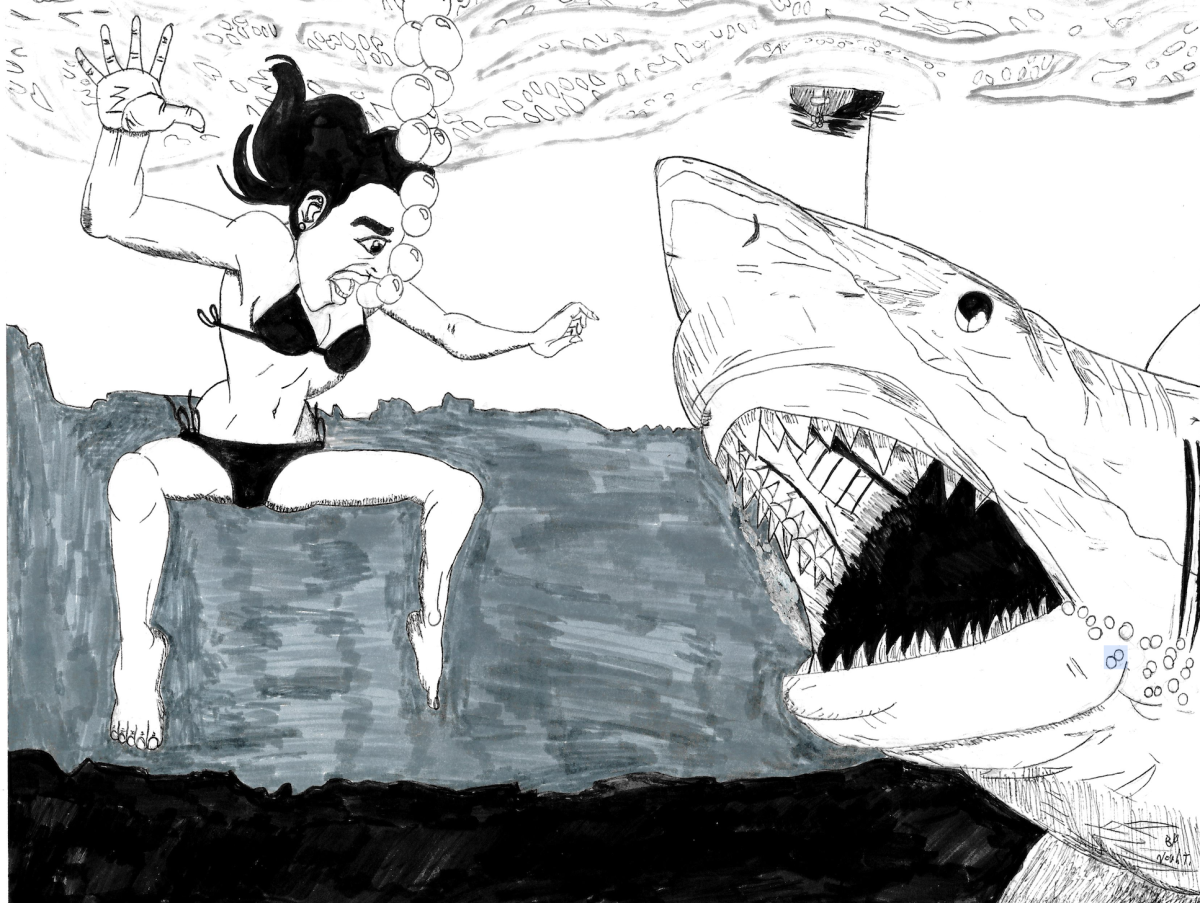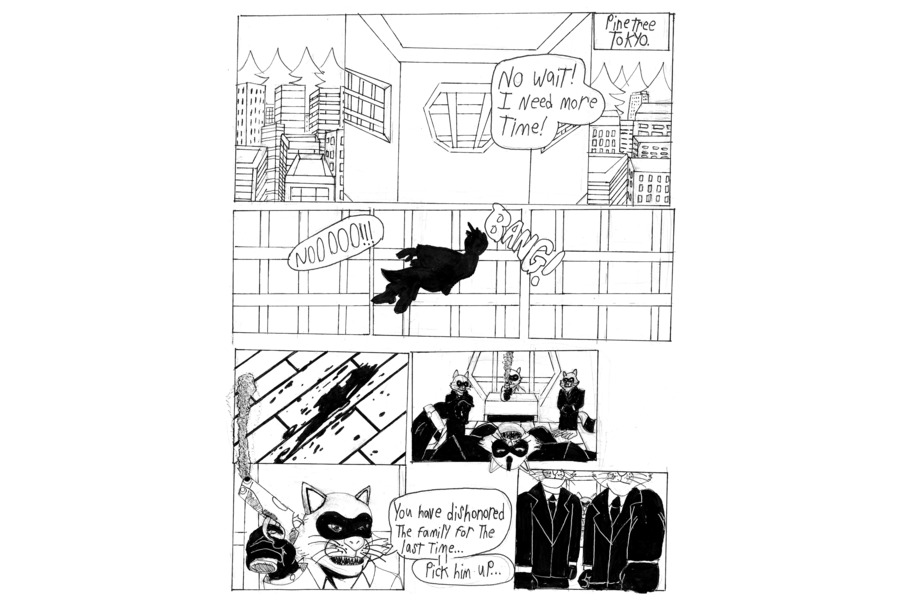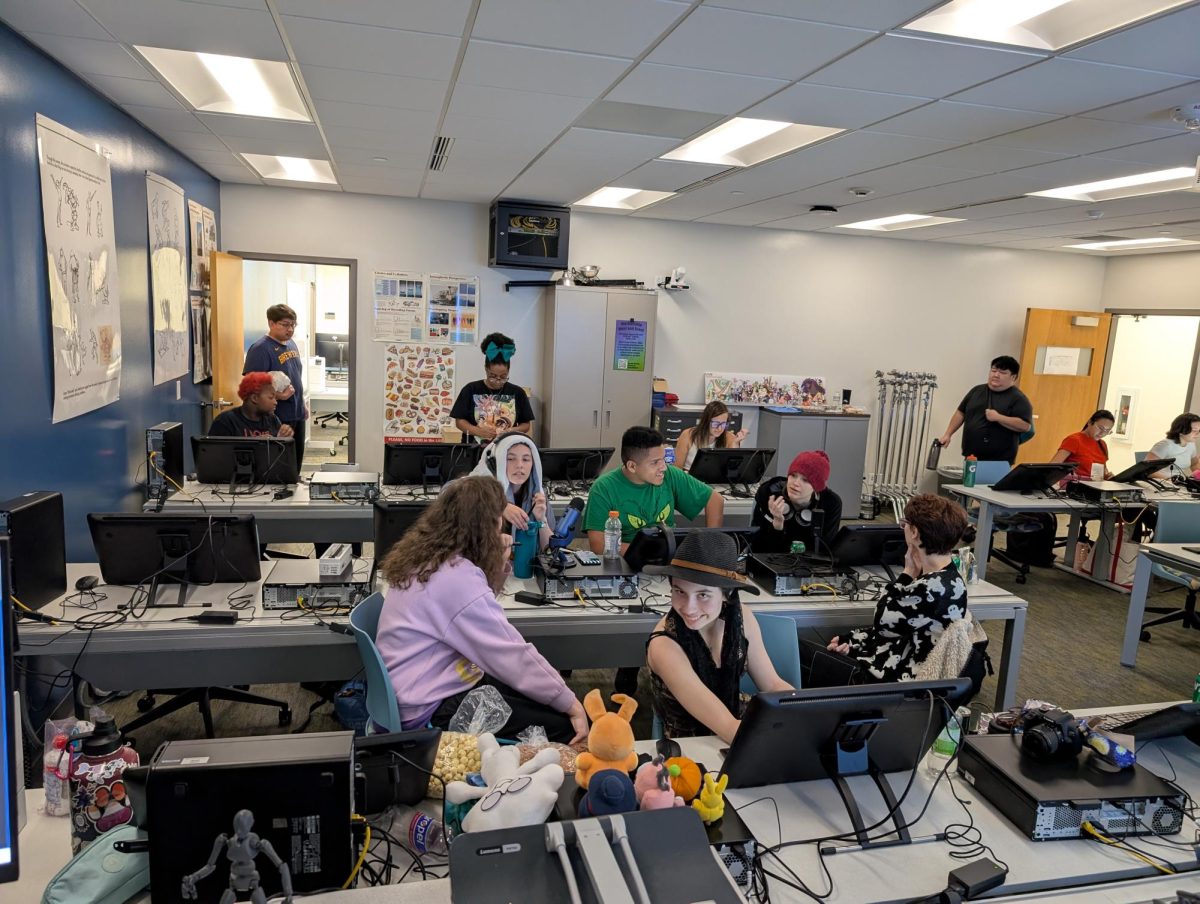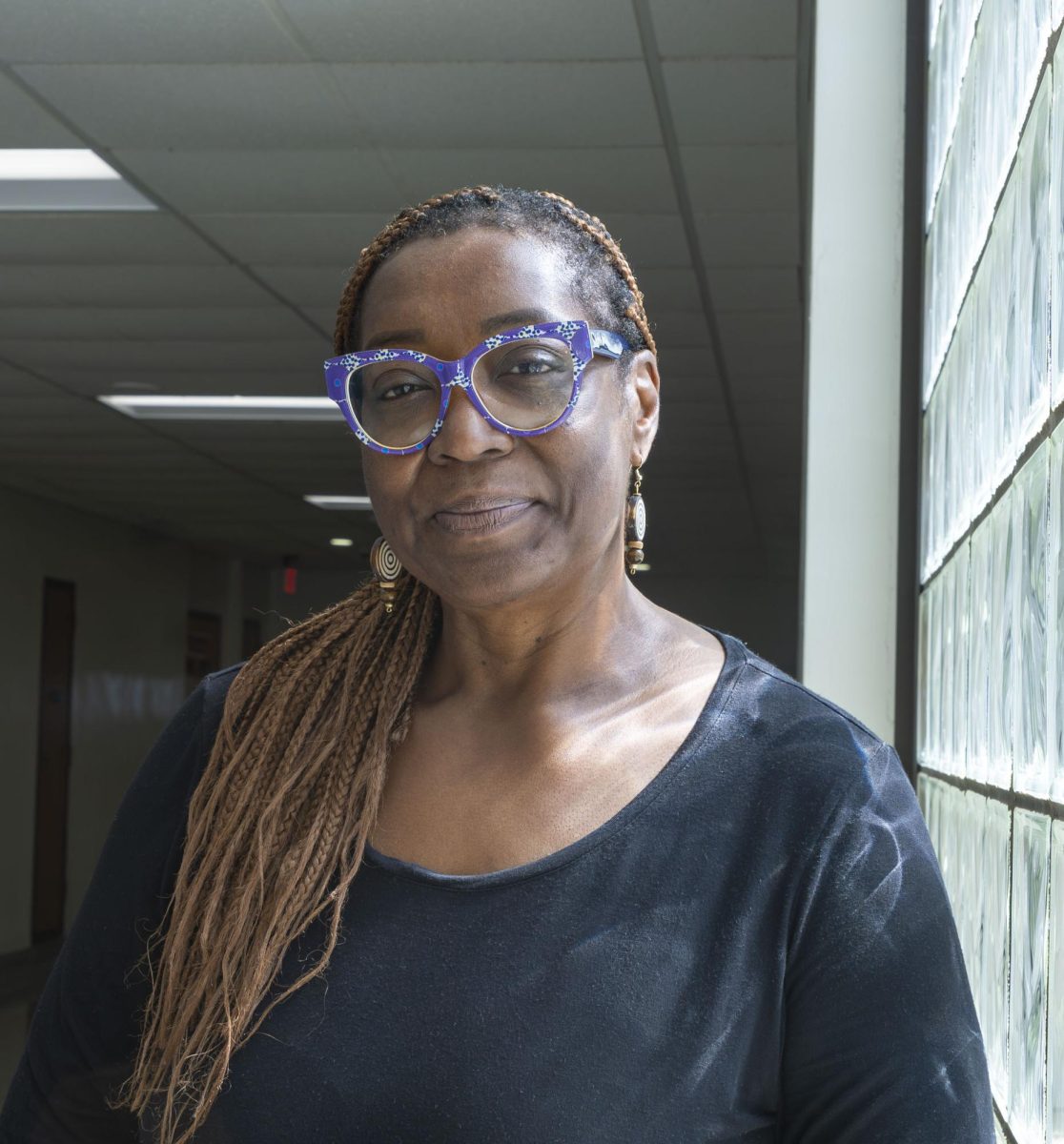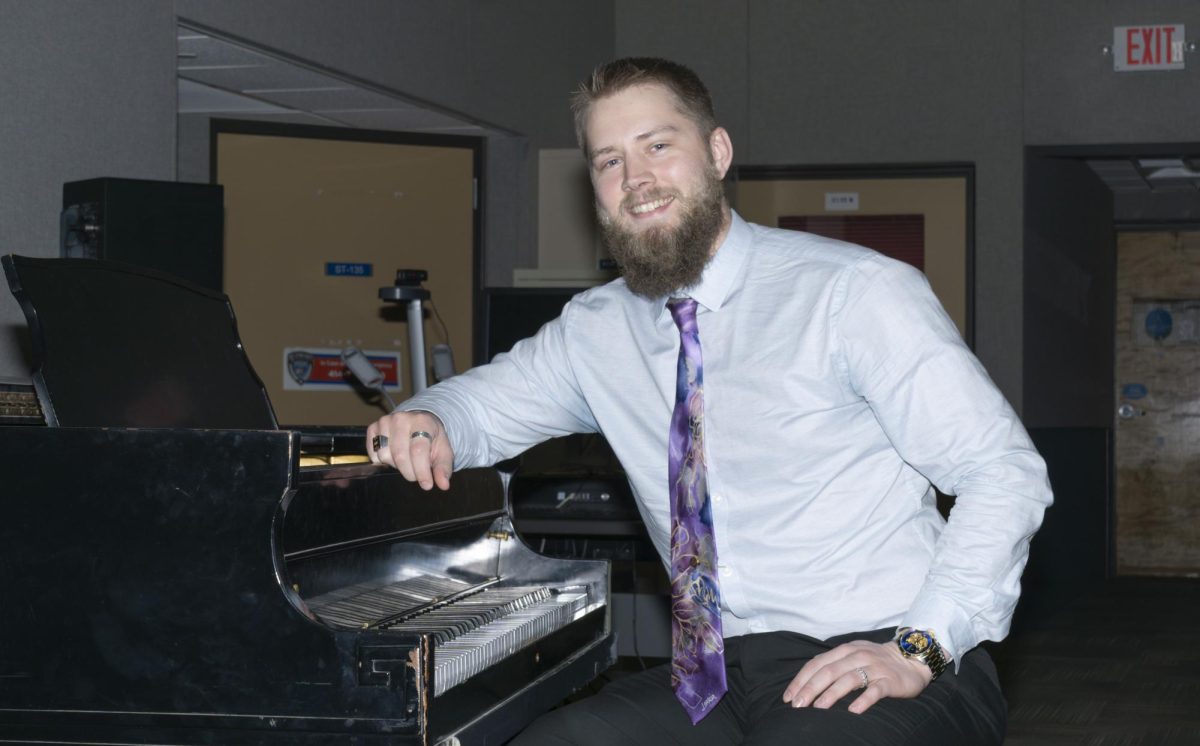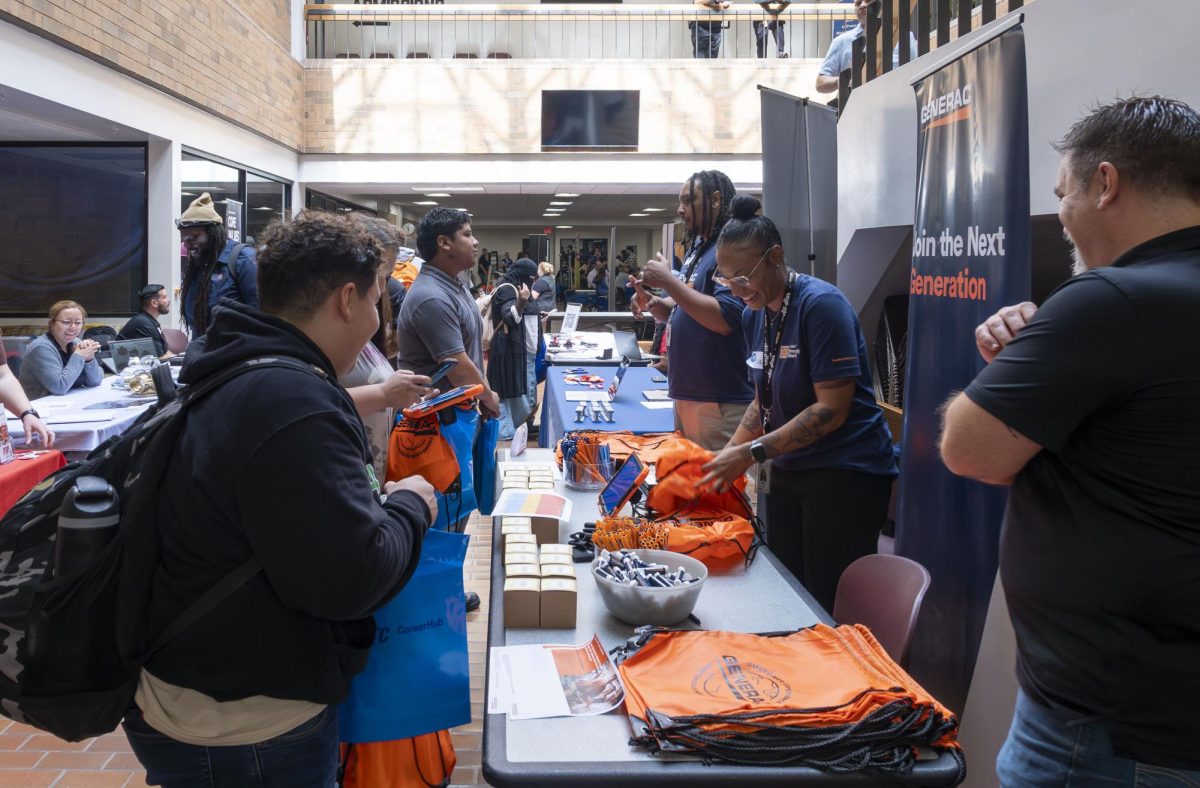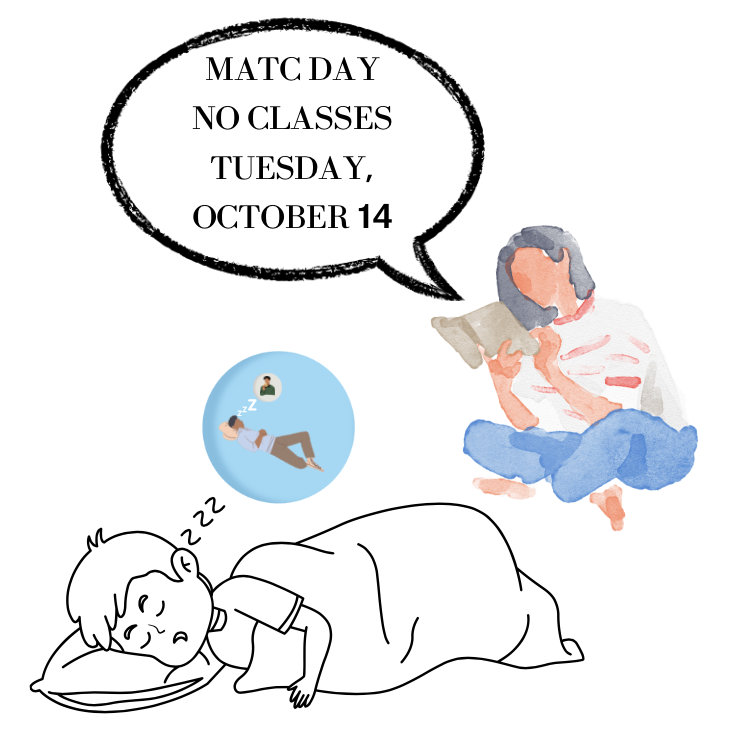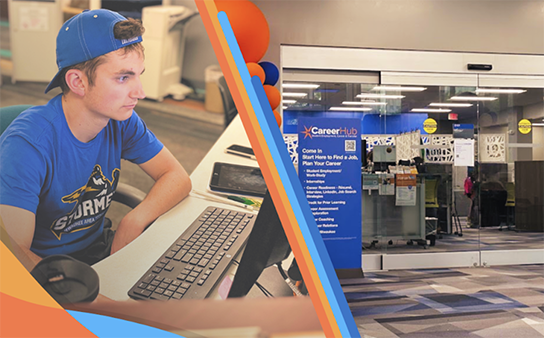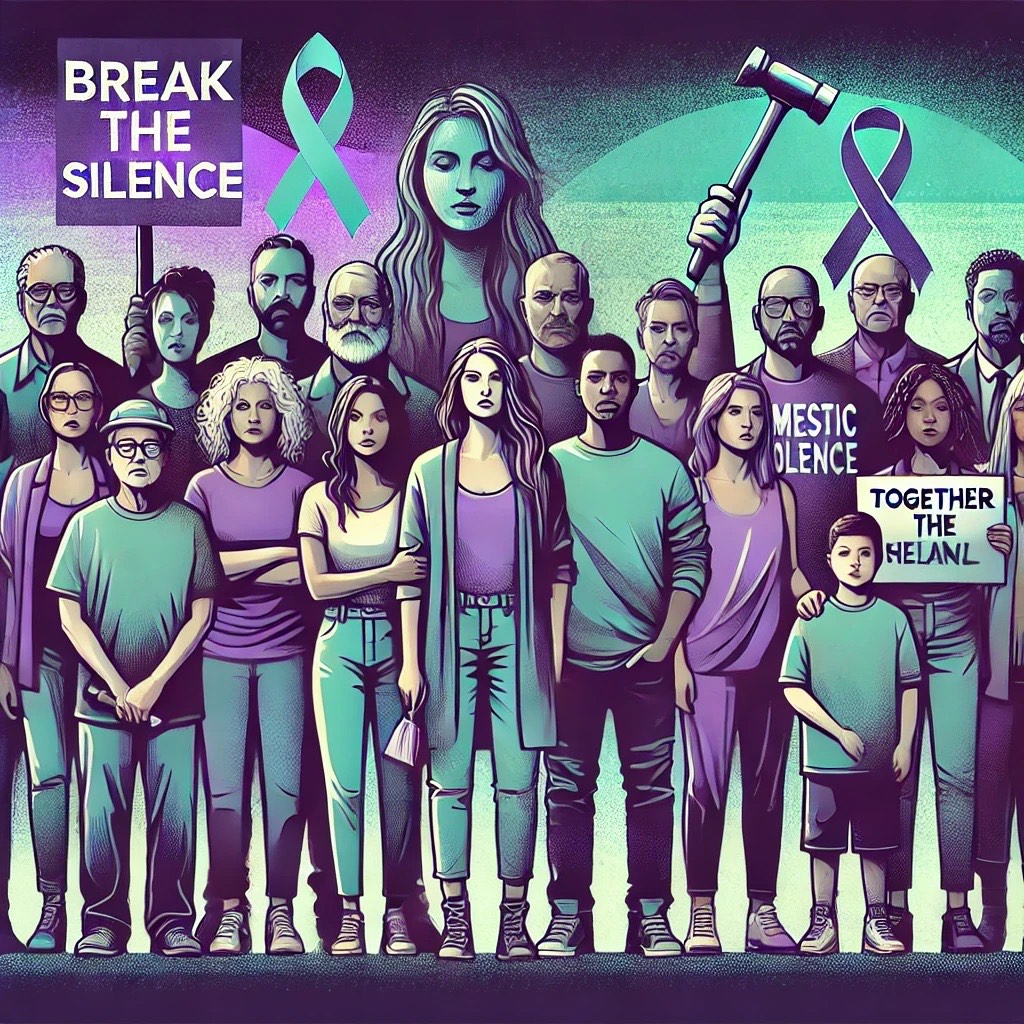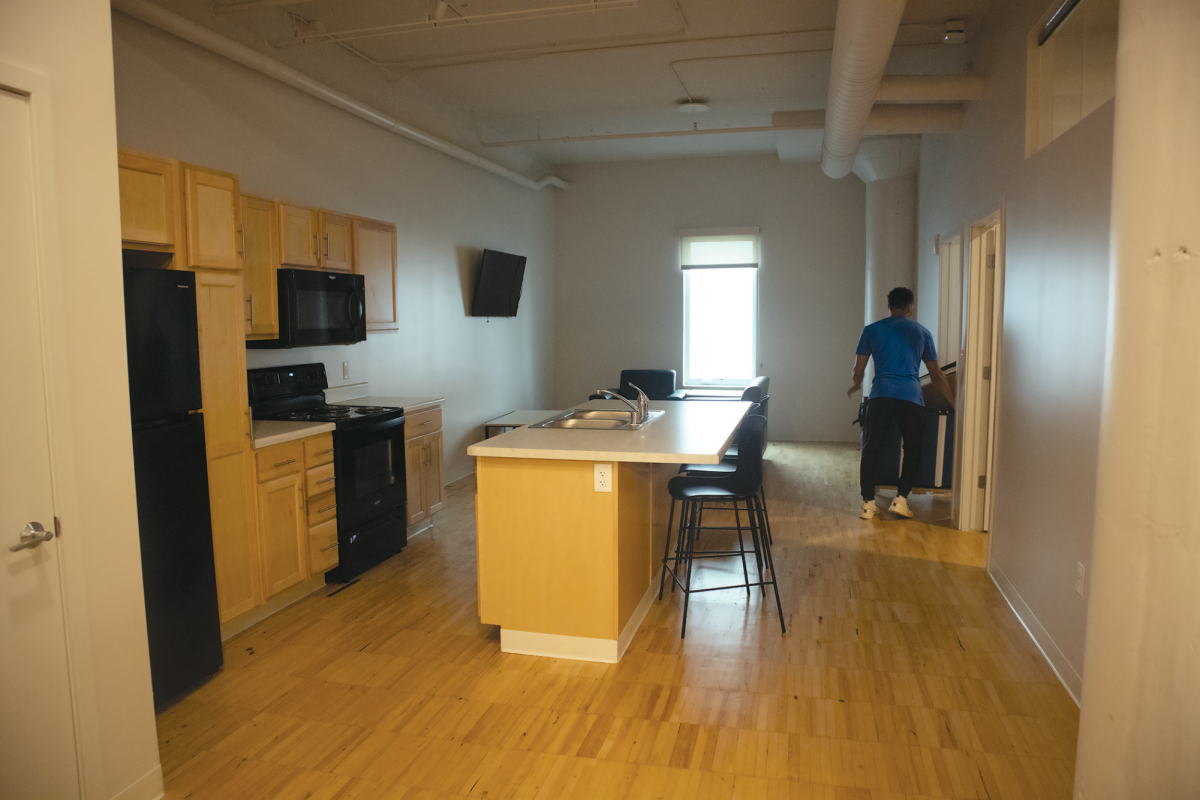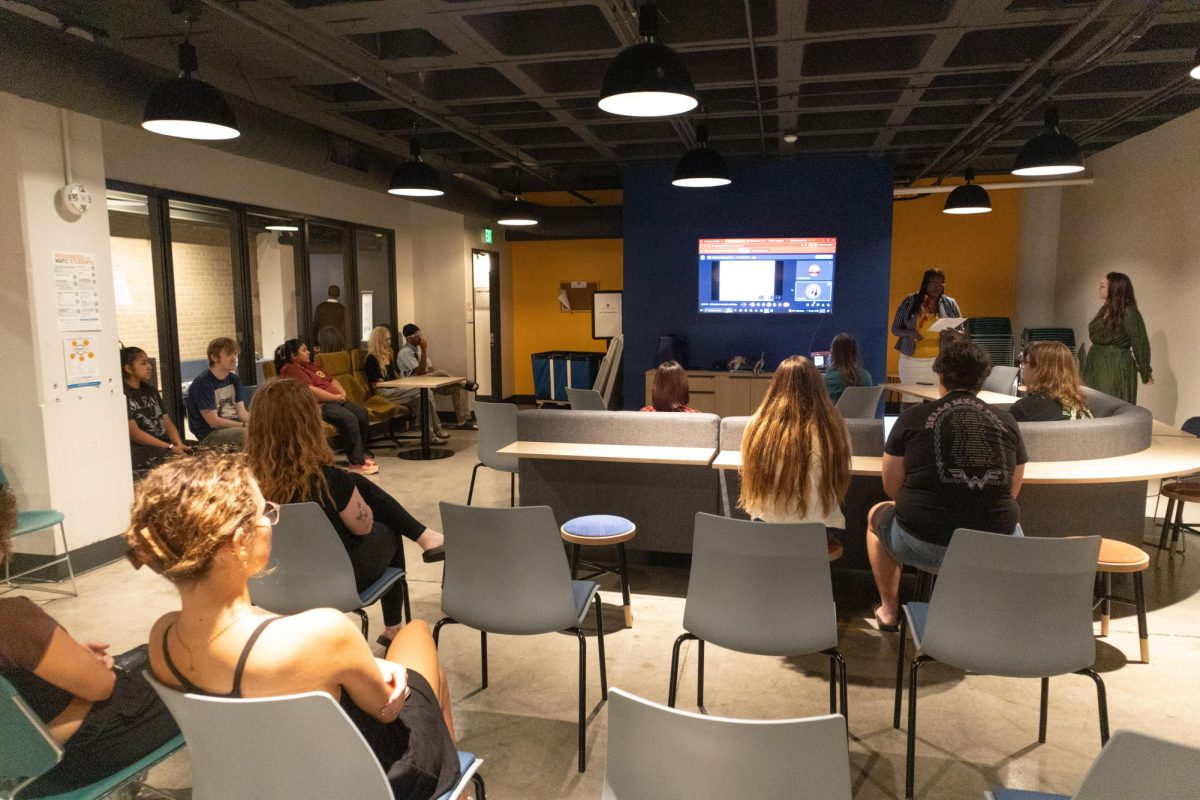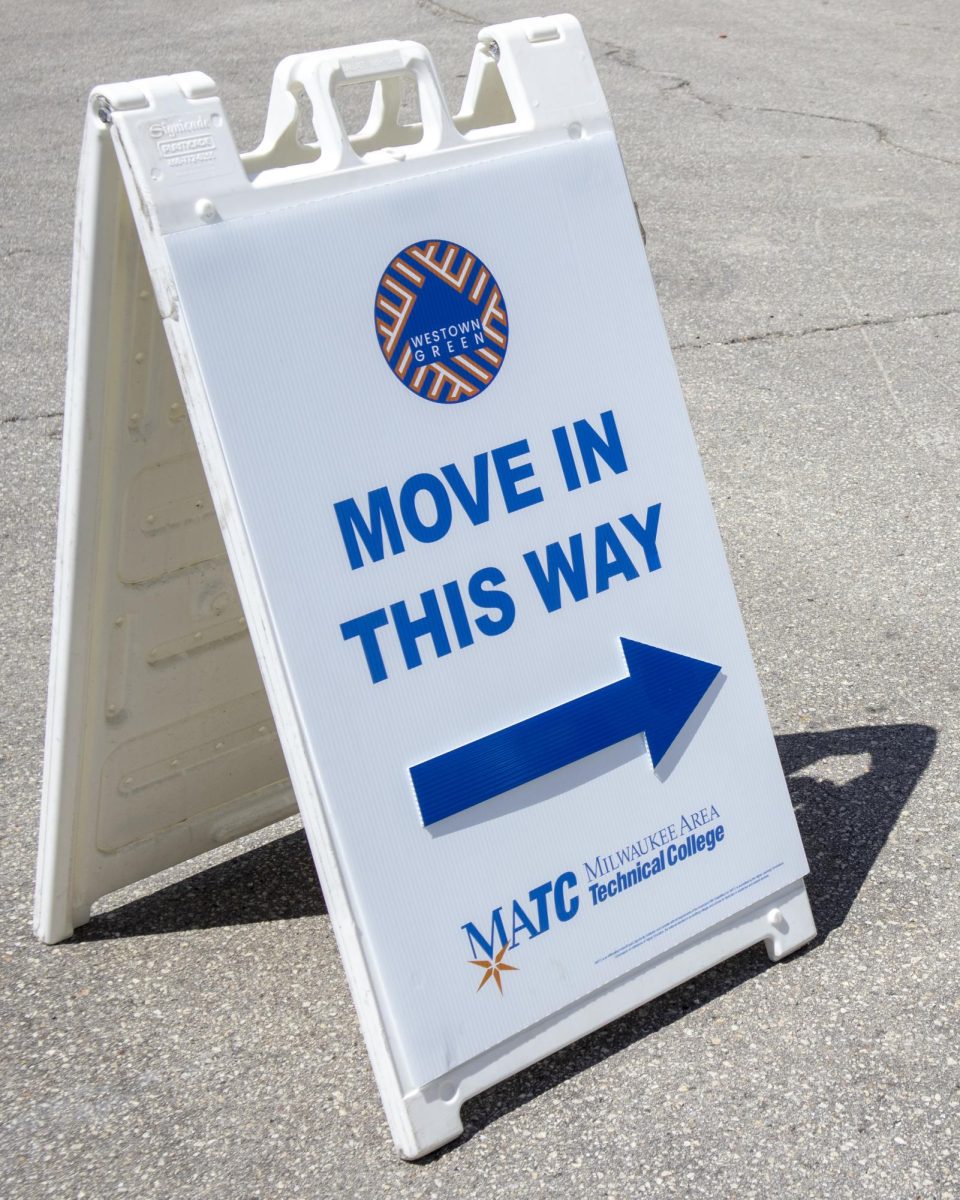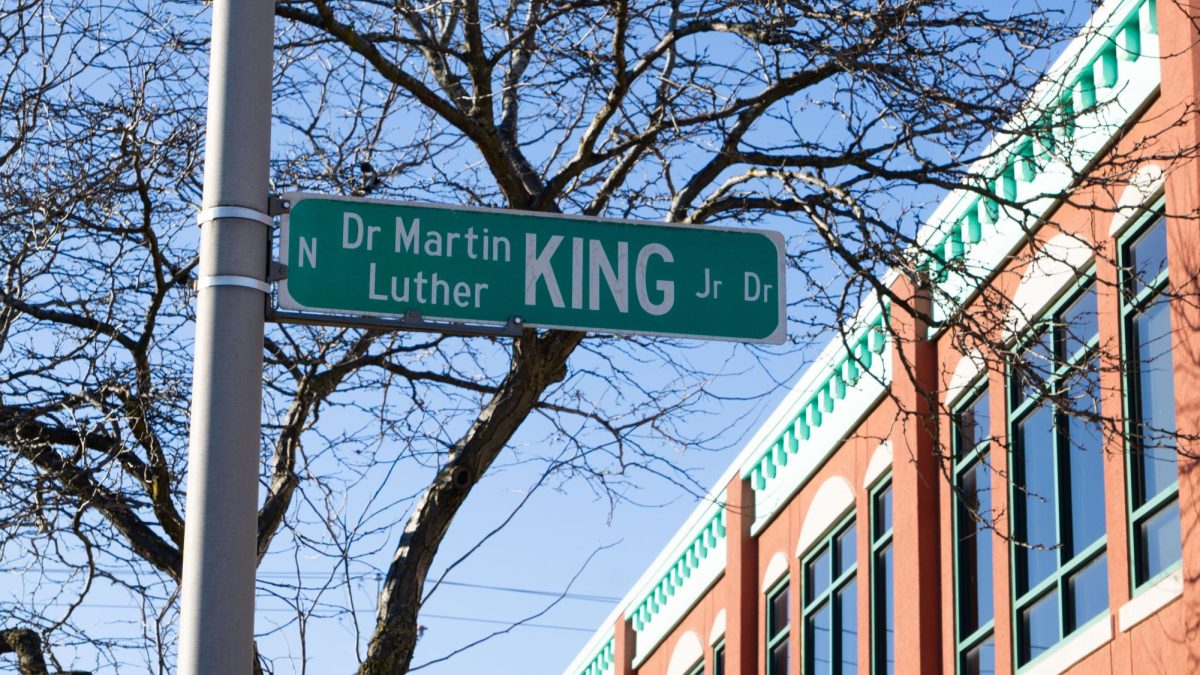It’s finally here, graduation day. After the many months of studying, the endless exams and perpetual papers, it’s all over. No longer being a student of something, you are something. At least, that’s what was planned, but life doesn’t always work out as planned.
This was true for one MATC student of years past. She studied hard, and like many of us, couldn’t wait for graduation day. “Stacey” was a police science major, but the dream to become an officer will, for her, always remain a dream. Instead, life threw out a cruel card. She became schizoaffective. Although when she was younger, she had experienced depression and other issues, she just thought of them as normal teenage hormones. No one wants to be different, not this kind of different, anyway.
Approximately 20.9 million American adults have a mood disorder according to the National Institute of Mental Health (NIMH) web site. In simple terms, schizoaffective is a mixture of schizophrenia and bipolar, which both have onset dates from the mid-20’s to 30’s according to NIMH. The NIMH state on their web site that “nearly half (45 %) of those with any mental disorder meet the criteria for two or more disorders, with severity strongly related to comorbidity (or simultaneousness).”
Stacey went to MATC right after high school. She was a single parent and had to work extra hard to complete her degree. Soon thereafter, she said, she had a nervous breakdown.
She just started working in her last semester both at a volunteer job at the police auxiliary and a paid position as a security officer at Grand Avenue Mall. It was then that she lost it. “Working more than 40 hours a week and volunteering, taking care of my son, crash dieting and exercising, I just couldn’t take it anymore,” she said. “I just snapped.”
For Stacey this was when life’s cruel card was played. ” I started to hallucinate at work,” she said. “I saw demons.” She also started to hear voices in the mall. “I thought it was a radio, I went to each store to look for the radio, but found nothing,” she said. ” I was just thinking, ‘what the hell is wrong (with me)?'”
Then things began to escalate. “I plotted to kill my boss (at the security job),” she said. At this time she felt like she was gong crazy and became deeply afraid. Feeling like there was “no hope, I attempted suicide,” Stacey said.
She ended up in a mental hospital for a week. Then she started seeing a therapist twice weekly. After some time she felt like she “was over it,” she said. But then “it” came back. “I lost hope over my life,” she said.
She still wishes she could be a police officer. “It hurts,” she said crying. “It hurts I can’t be a police officer.”
Today she is on disability. She doesn’t work; she has tried to but realizes she can’t. “I can’t work, not even part-time, because I plot to kill my boss. Every boss I had, I plotted to kill,” she said. “I feel pissed off that this happened to me.”
Stacey would like people without mental illness to see people with mental illness with a better understanding. “They may not make sense, but they aren’t stupid people,” she said. She hides her illness when she can because she’s embarrassed. “I would like people to stop looking at us like we are strange and to stop treating us like we are stupid,” she said. “We would just like to be treated like regular people.











